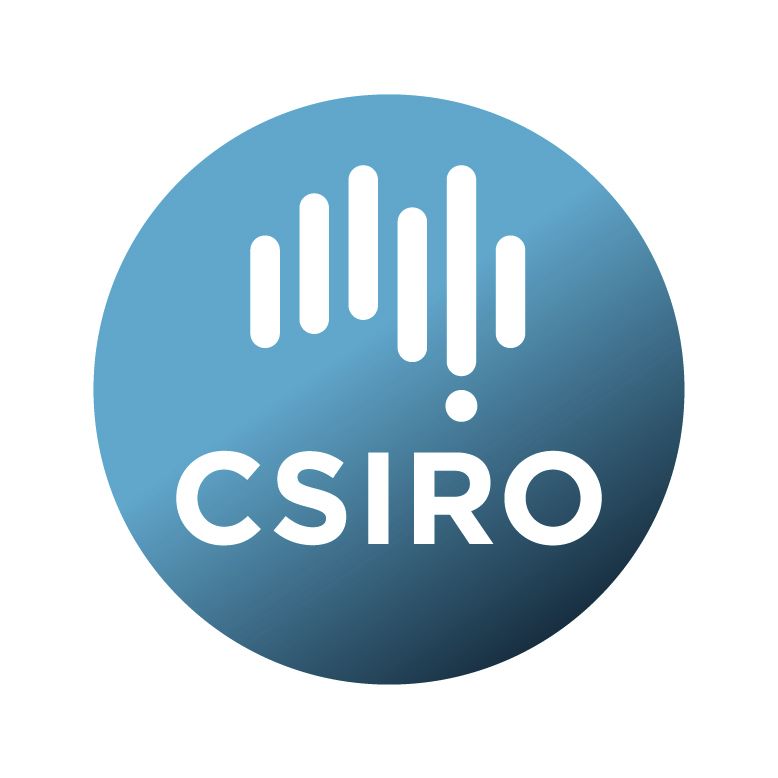Brief description
Using the Land-Use Trade-Offs (LUTO) model, this data collection was produced via a comprehensive, detailed, integrated, and quantitative scenario analysis of land-use and sustainability for Australia’s intensive-use agricultural land to 2050, under intersecting global change and domestic policies, and considering key uncertainties. We assessed land use competition between multiple land uses and assessed sustainability of economic returns and multiple ecosystem services at high spatial (1.1 km grid cell) and temporal (annual) resolution.Results available are for 648 scenarios covering combinations of four global outlooks, three general circulation climate models, three domestic land-use policies, three productivity growth rates, three land-use change adoption hurdle rates, and two capacity constraint settings.
Outputs included for each scenario are:
-\tannual land-use layers
-\tsummary data table
-\tgraphical dashboard summary
-\tanimation of potential land-use change, drivers, and impacts.
This analysis was conducted in conjunction with CSIRO’s Australian National Outlook 2015 initiative to assess future potential land-use change and the impacts for the sustainability of ecosystem services. A full description of the methods and synthesis of the results can be found in the papers listed in the Related Information below and freely available via email from the author.
The data is provided to support a national conversation on the future for Australian land systems, public decision-making and policy design, and further scientific research.
Lineage: LUTO is an integrated environmental and economic model which estimates Australian land use futures under alternative global change and policy scenarios. LUTO has been fully described, tested, applied, and evaluated (see Related Information). The LUTO model takes an agricultural land use map as the baseline, and then combines a range of environmental and economic data to identify potential land use change (agriculture, carbon plantings, environmental plantings, bioenergy, and biofuels) and corresponding supply of ecosystem services (agriculture, emissions abatement, water resources, biodiversity services, bioenergy, and biofuel production). The model works at a grid cell resolution of 0.01 degrees (~1.1 km) and an annual time-step from 2013 – 2050.
The LUTO model is a bottom-up model which identifies the location, type, and timing of potential land use change given changes in the relative profitability of land use options as determined by productivity, prices, costs, and adoption behaviour. Key uncertainties were considered including different rates of land use change adoption and productivity growth. Future trajectories in external drivers and domestic policy which influence productivity, prices, and costs were also considered. These included a carbon price, energy price, and food demand as derived by integrated assessment of global outlooks, and the establishment of new markets for biofuel and biodiversity. The biofuel market assumes the availability of nearby demand for wheat crop grain and residue. The biodiversity market includes a discriminatory payment scheme where landholders are paid the opportunity cost of adoption environmental plantings. The payment budget included a 125 $M yr-1 base level plus a levy on carbon plantings.
A range of models were used to estimate the future provision of ecosystem services from each land use. Agricultural yields were derived from census data by SLA, and apportioned to cells in the land use map. To compliment this we used the Agricultural Production Systems Simulator (APSIM) to quantify crop yields under climate change and crop residue availability for biofuel production. The 3PG2 forest growth model was used to estimate carbon sequestration from reforestation in the form of carbon plantings (fast-growing Eucalyptus monocultures) and environmental plantings (mixed local native species), and growth was modified according to climate change effects. A landscape hydrology model—AWRA-L—was used to estimate the change in water resource availability resulting from the increased interception and evapotranspiration of water induced by reforestation compared to crops/pasture. We used a generalised dissimilarity model (GDM) to identify biodiversity priorities for ecological restoration via environmental plantings. Priority areas were those that both increase the area and connectivity of remnant habitat and create new habitat in areas which become important for species conservation given future shifts in climate.
High-performance computing techniques were used to run LUTO, with each of the 648 scenario combinations taking about 40 hours to run. LUTO identified potential land use transitions over space and time, and estimated the resulting impact on supply of the five ecosystem services.
Available: 2020-07-31
Data time period: 2012-01-01 to 2015-01-01
Subjects
Agricultural, Veterinary and Food Sciences |
Agricultural Economics |
Agricultural Land Planning |
Agriculture, Land and Farm Management |
Applied Economics |
Artificial Intelligence |
Conservation and Biodiversity |
Economics |
Environmental Sciences |
Economic Geography |
Environment and Resource Economics |
Environment Policy |
Environmental Management |
GIS |
Human Society |
Human Geography |
Information and Computing Sciences |
Modelling and Simulation |
Natural Resource Management |
Policy and Administration |
climate change |
decision-making |
economics |
ecosystem services |
emissions abatement |
future |
global |
governance |
land-use change |
model |
policy |
scenarios |
spatial |
strategic |
sustainability |
temporal |
User Contributed Tags
Login to tag this record with meaningful keywords to make it easier to discover
Identifiers
- DOI : 10.4225/08/5756169E381CC

- Local : 102.100.100/24324


 See more Population Health Research Platforms data
See more Population Health Research Platforms data See more Cultures and Communities data
See more Cultures and Communities data